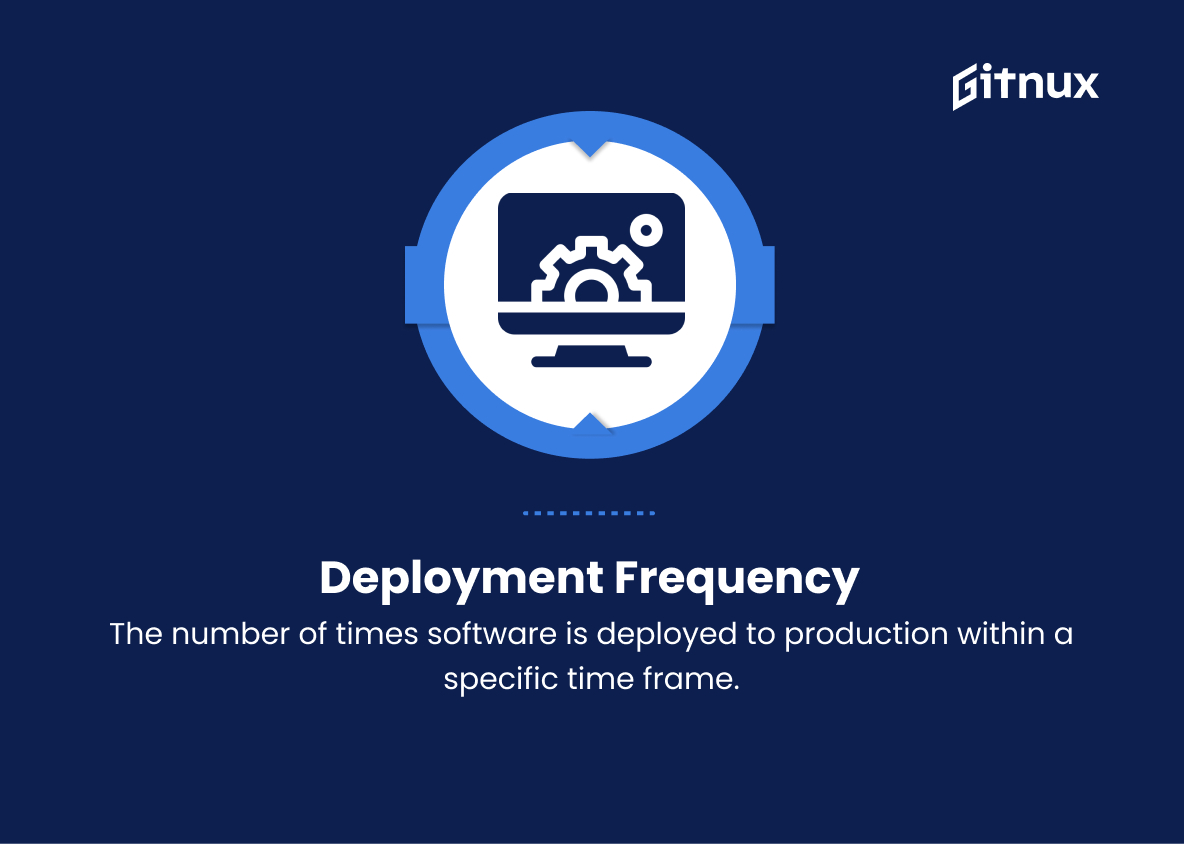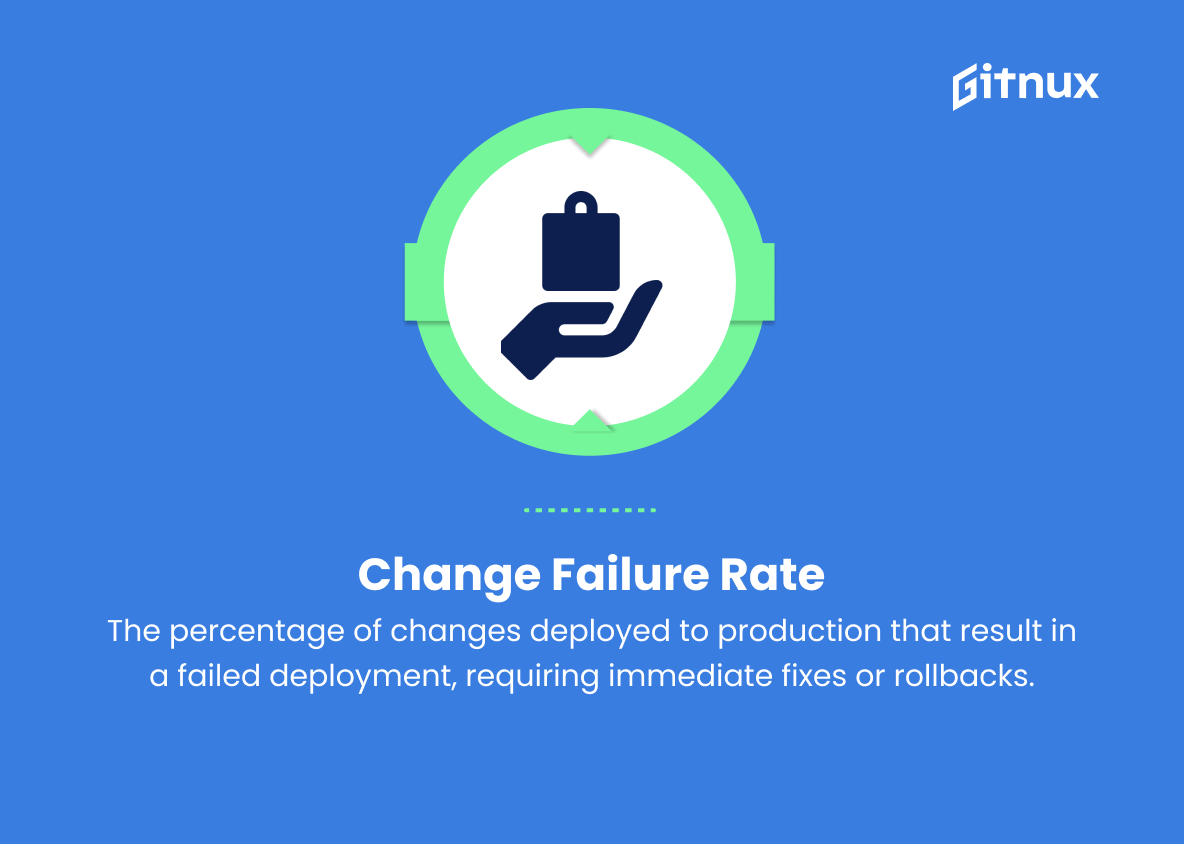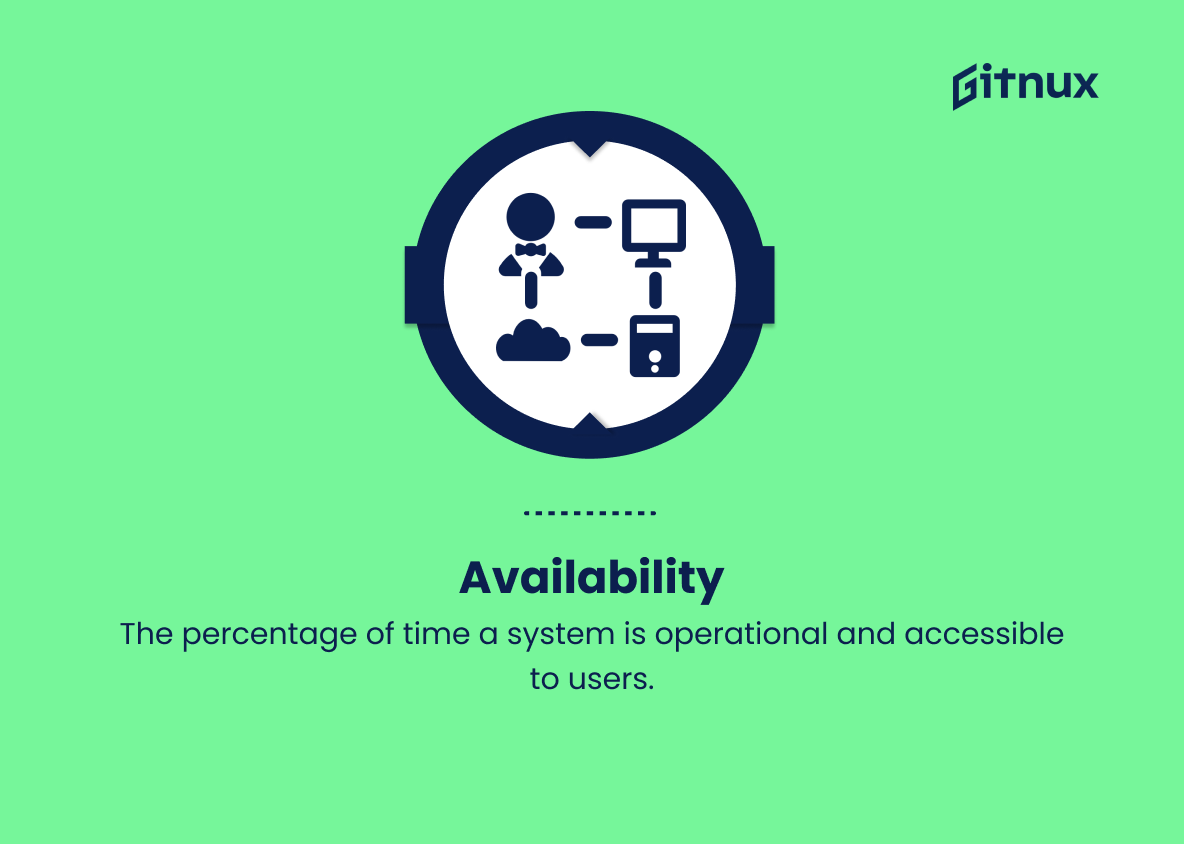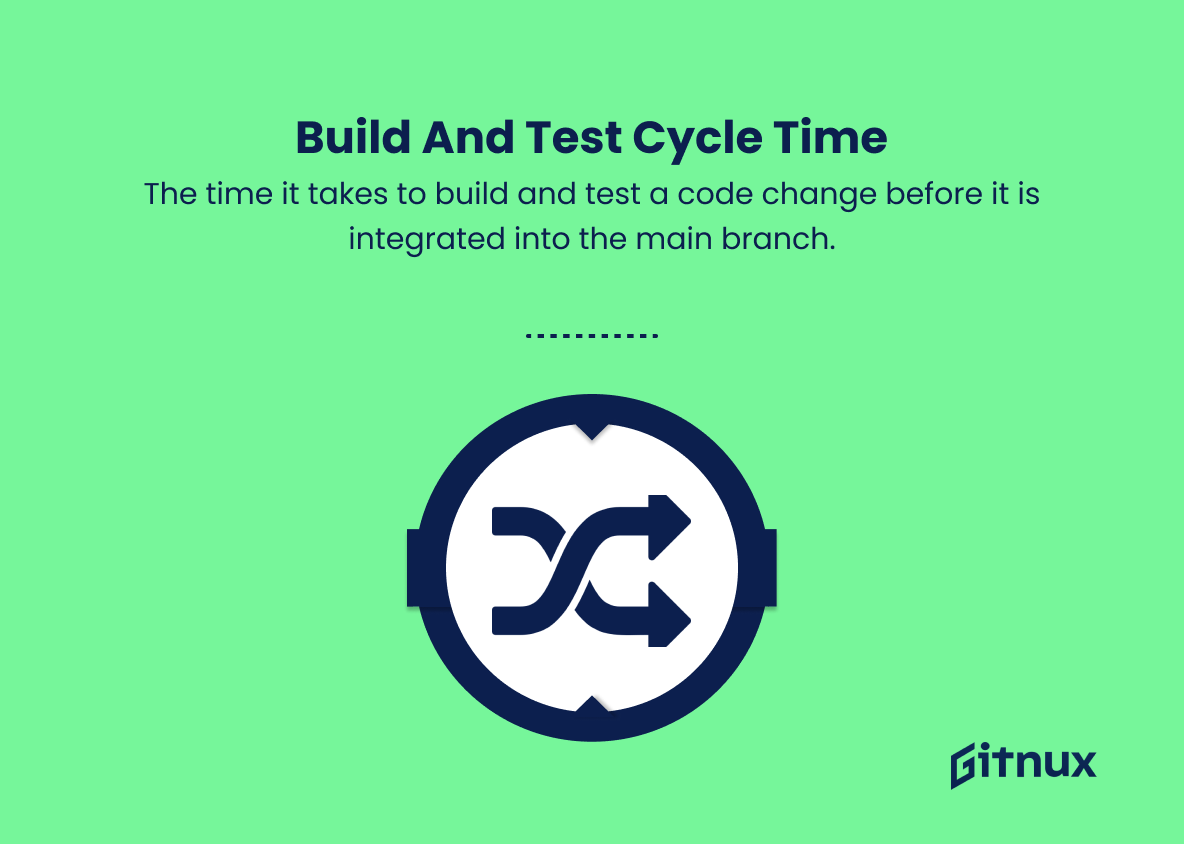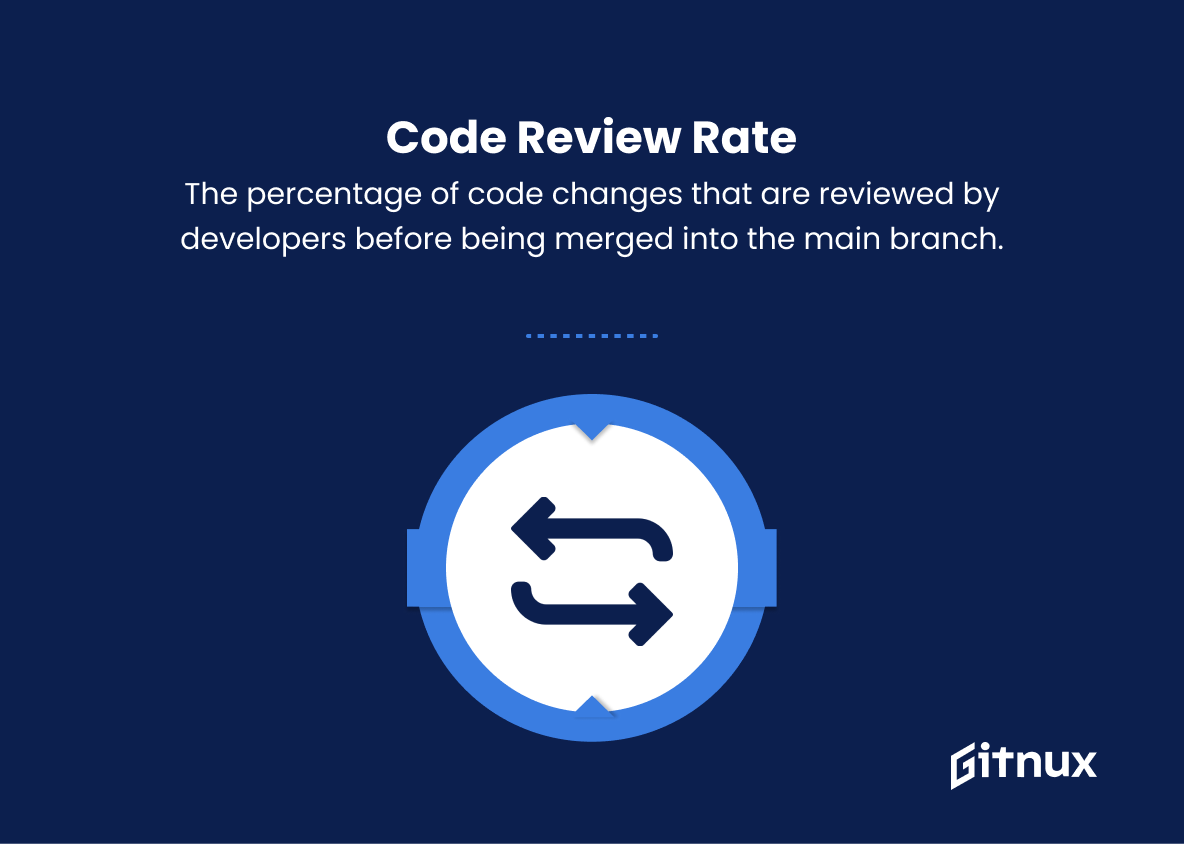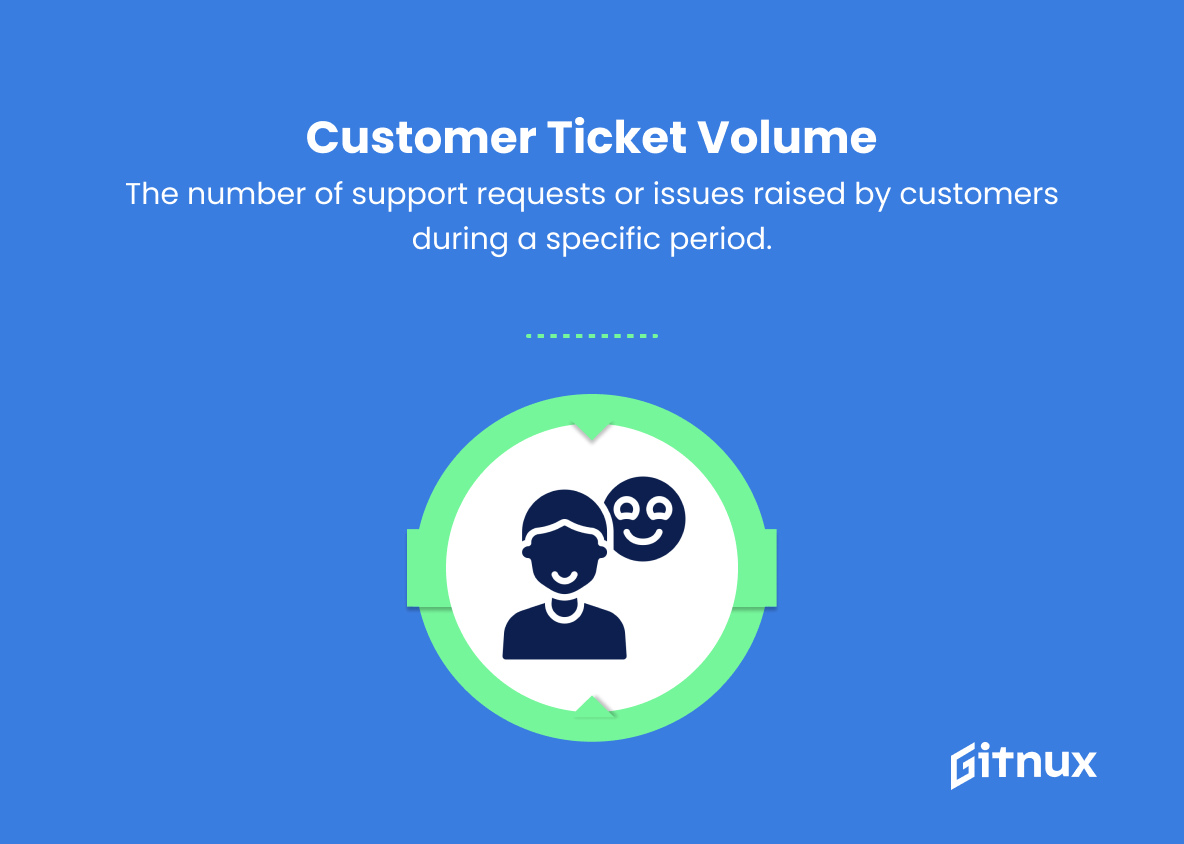In today’s rapidly evolving digital landscape, organizations are consistently pressed to maintain a competitive edge, streamline operations, and adapt to ever-changing customer expectations. One critical solution lies in the world of DevOps – the powerful combination of software development and IT operations aimed at delivering more reliable and efficient software solutions. However, as organizations continue to invest heavily in DevOps, it becomes crucial to navigate this intricate realm effectively by measuring the success of implementation and continuous improvement efforts.
This blog post delves into the world of DevOps metrics, highlighting essential indicators of progress, fostering a deeper understanding of performance, and guiding the optimization of processes and collaboration for a sustainable and successful digital transformation journey.
Devops Metrics You Should Know
1. Deployment Frequency
The number of times software is deployed to production within a specific time frame. This metric helps assess the agility and efficiency of the development and deployment process.
2. Lead Time for Changes
The time it takes from when a new feature or bug fix is committed to the code repository to when it is deployed in production. This metric reflects the efficiency of the development process and the ability of the team to quickly respond to changing requirements.
3. Change Failure Rate
The percentage of changes deployed to production that result in a failed deployment, requiring immediate fixes or rollbacks. This metric highlights the effectiveness of the development and testing processes and the quality of the deployed software.
4. Mean Time to Recovery (MTTR)
The average time it takes to restore service after a failure has occurred. This metric shows how efficiently a team can recover from issues and maintain system availability.
5. Availability
The percentage of time a system is operational and accessible to users. This metric reflects the overall reliability and stability of the infrastructure and software.
6. Error Rates
The number of errors detected in the application code, infrastructure, or logs during a specific period. This metric helps identify the quality of the software and the effectiveness of monitoring and alerting systems.
7. Infrastructure Utilization
The usage of resources such as CPU, memory, storage, and networking within the system. This metric helps assess the efficiency of the infrastructure and identify opportunities for optimization and cost savings.
8. Build and Test Cycle Time
The time it takes to build and test a code change before it is integrated into the main branch. This metric highlights the efficiency of the build and test process.
9. Code Coverage
The percentage of application code that is covered by automated tests. This metric helps evaluate the test coverage and the quality of the codebase.
10. Code Review Rate
The percentage of code changes that are reviewed by developers before being merged into the main branch. This metric highlights the effectiveness of the code review process in catching issues and ensuring code quality.
11. Escaped Defects
The number of defects that are discovered in production rather than during the development or testing process. This metric indicates the quality of the development and testing processes and provides insights into areas for improvement.
12. Customer Ticket Volume
The number of support requests or issues raised by customers during a specific period. This metric helps evaluate customer satisfaction and identify areas of improvement in the product or support process.
Devops Metrics Explained
DevOps metrics are essential in evaluating the efficiency, agility, and effectiveness of the development, deployment, and maintenance processes within a software development lifecycle. Deployment Frequency is a key indicator of how quickly new features or bug fixes can be delivered to users, while Lead Time for Changes reflects the team’s responsiveness to required changes.
Change Failure Rate and Mean Time to Recovery (MTTR) showcase the robustness of testing and development processes, while Availability demonstrates overall reliability and system stability. Error Rates and Infrastructure Utilization help identify optimization opportunities, and Build and Test Cycle Time evaluates the build and test process’s efficiency.
Code Coverage and Code Review Rate focus on the quality of the codebase, while Escaped Defects highlight areas for improvement in development and testing processes. Finally, Customer Ticket Volume is essential in assessing customer satisfaction and pinpointing areas that require enhancement within the product or support process. Overall, these metrics facilitate continuous improvement, leading to more efficient and productive DevOps practices.
Conclusion
In essence, DevOps metrics play a crucial role in determining the effectiveness of your organization’s DevOps practices. These metrics highlight the areas needing improvement, allowing you to make informed decisions to streamline your development and operations processes. By measuring deployment frequency, lead time for changes, change failure rate, and mean time to recovery, you can achieve higher efficiency, faster production cycles, and better software quality.
Continuously monitoring and evaluating these metrics is essential for fostering a culture of continuous improvement and driving innovation. Remember, the ultimate goal is to create an environment where collaboration and automation pave the way for a more resilient and successful business.
